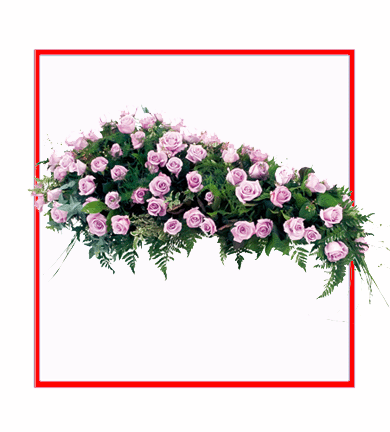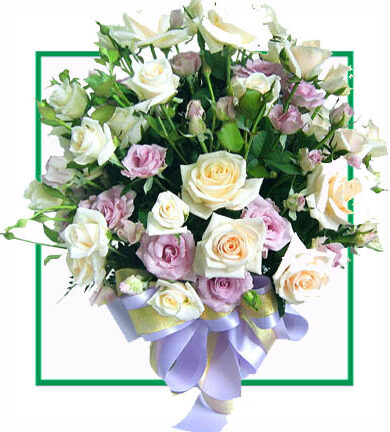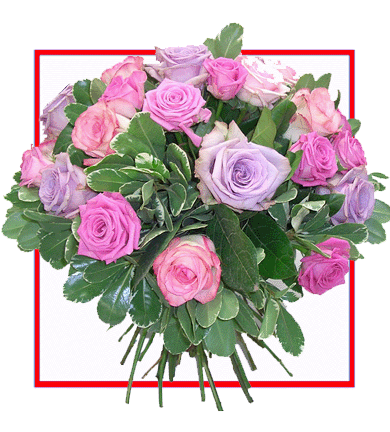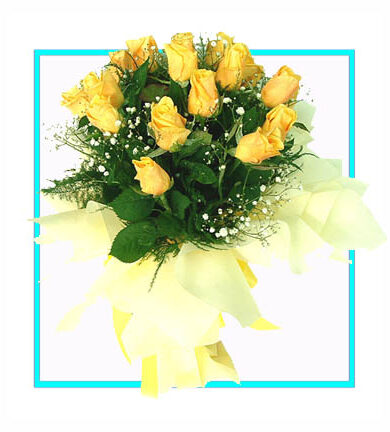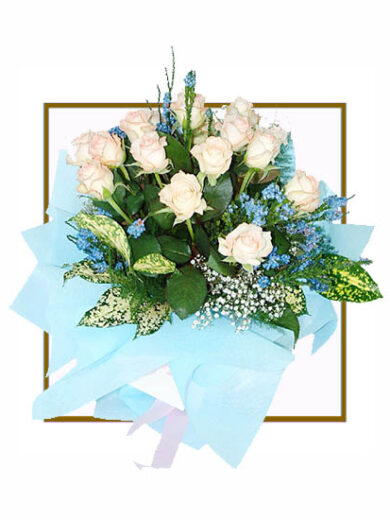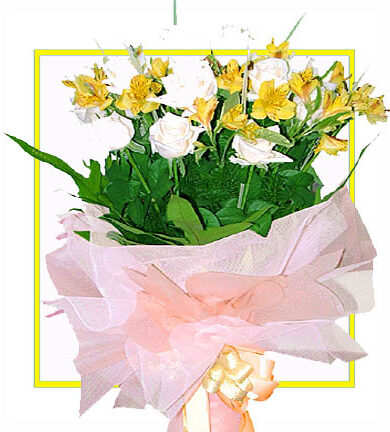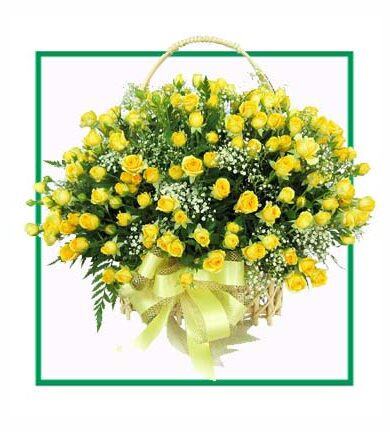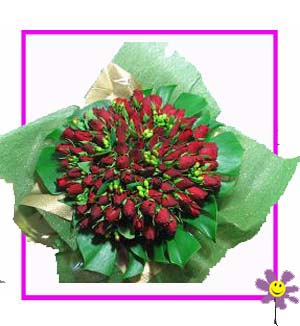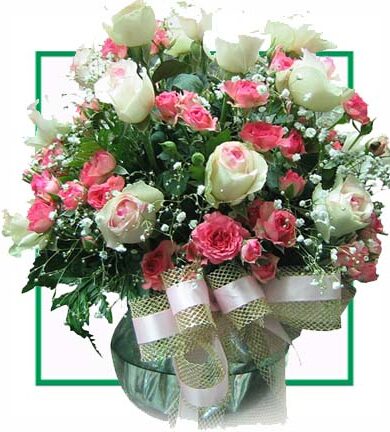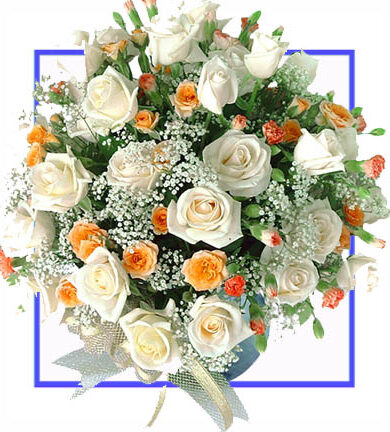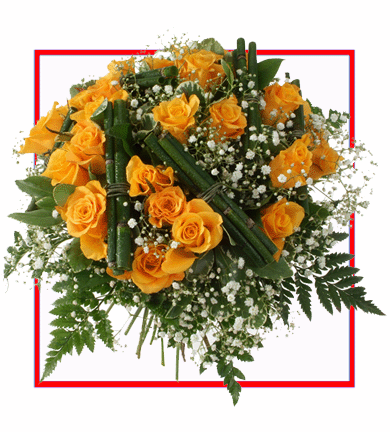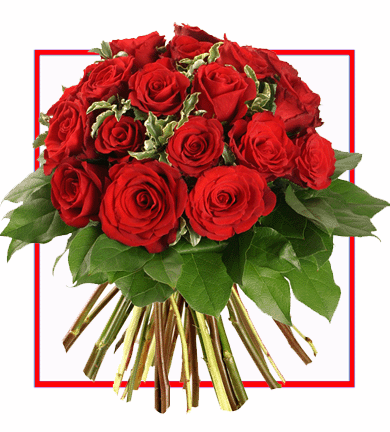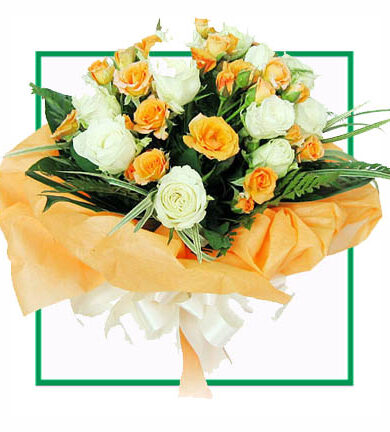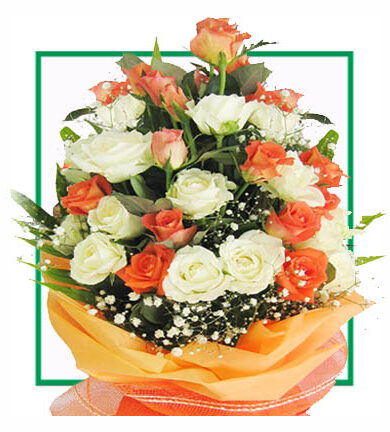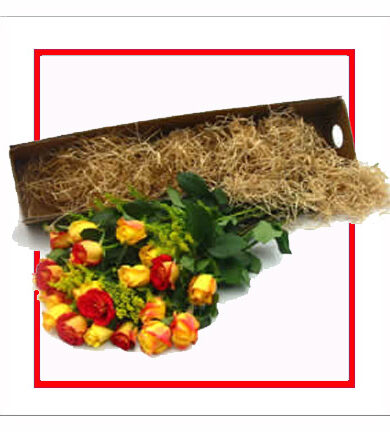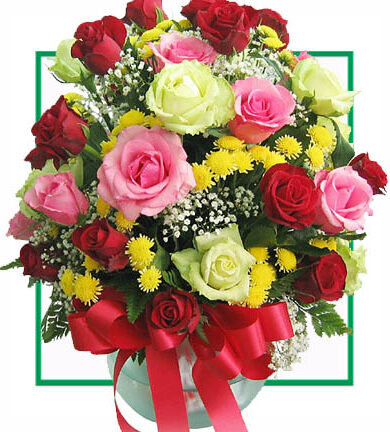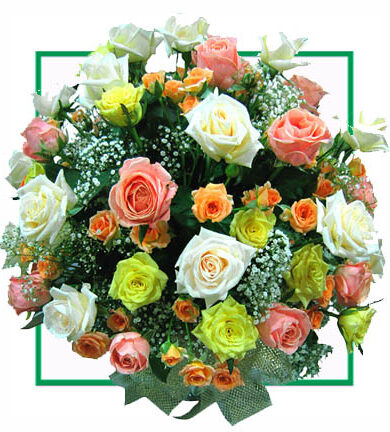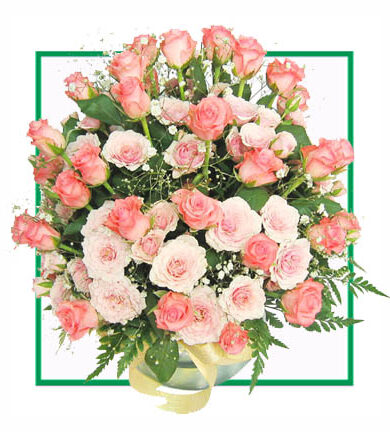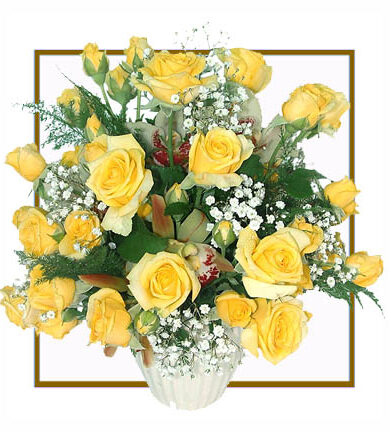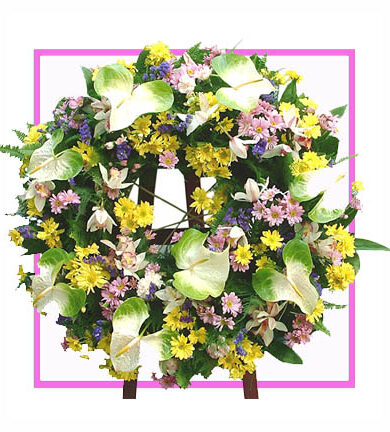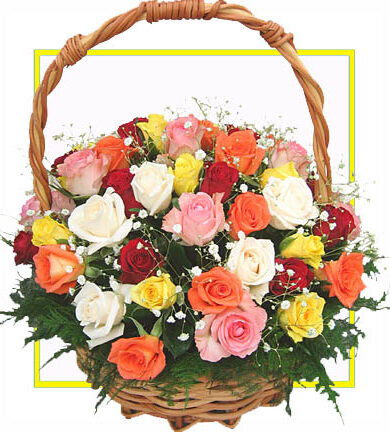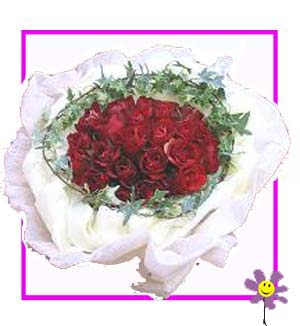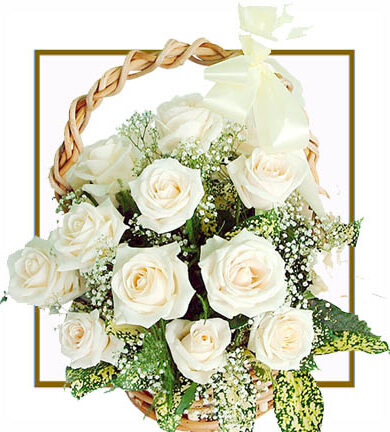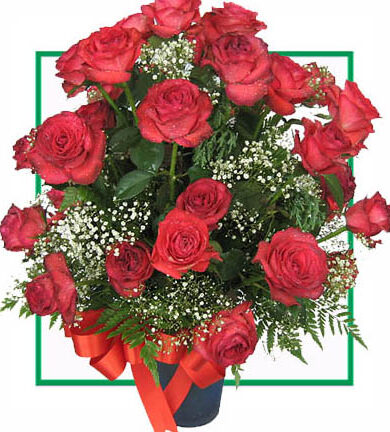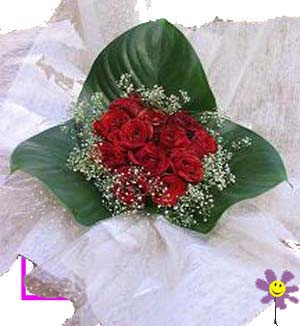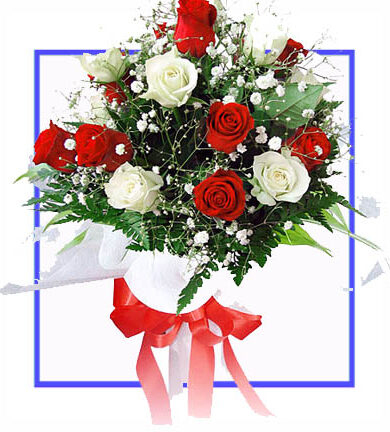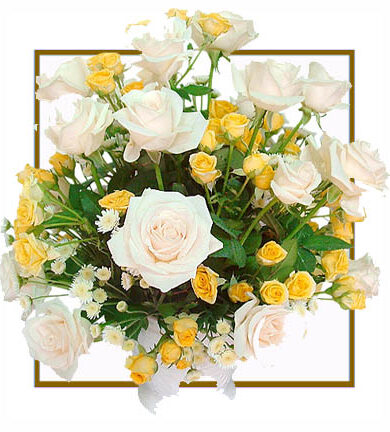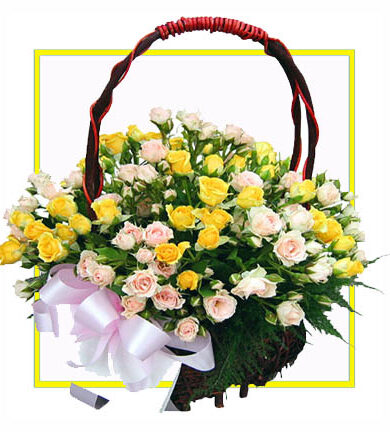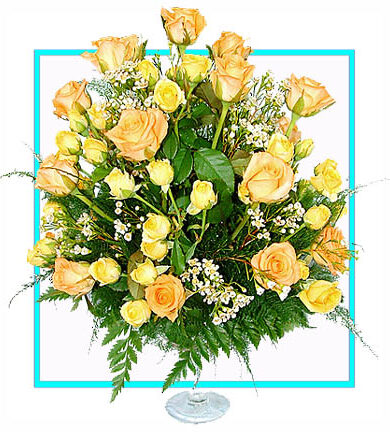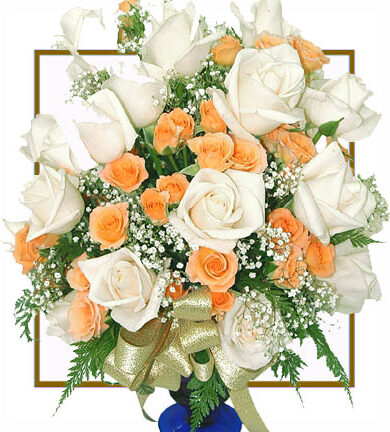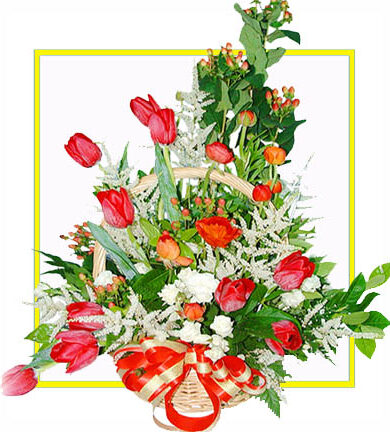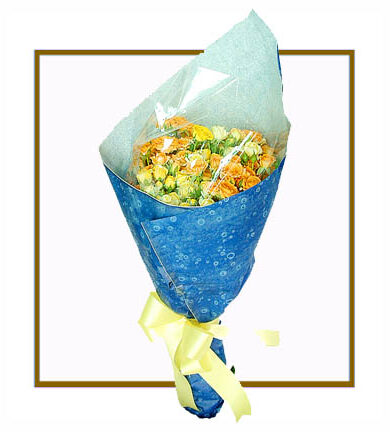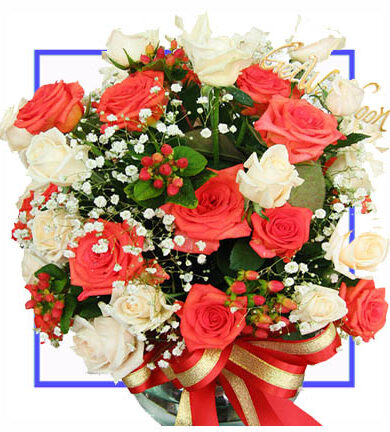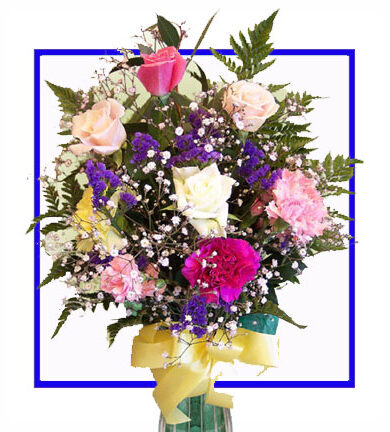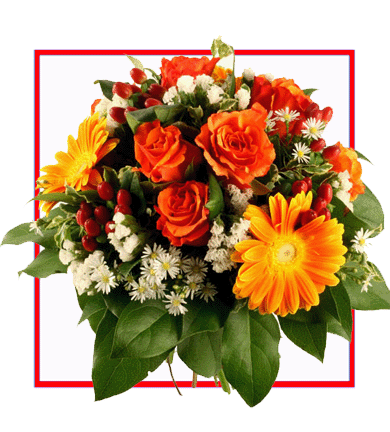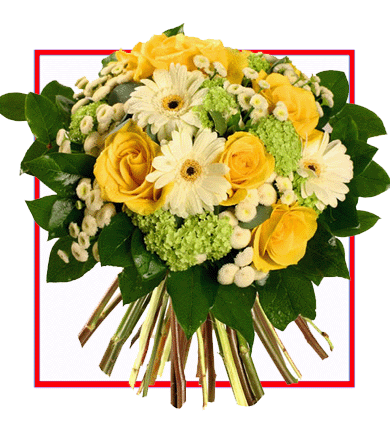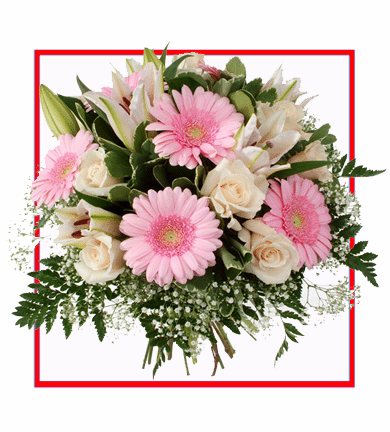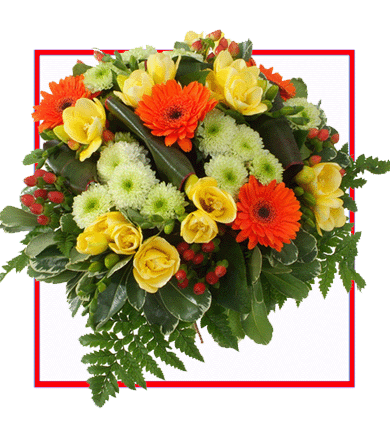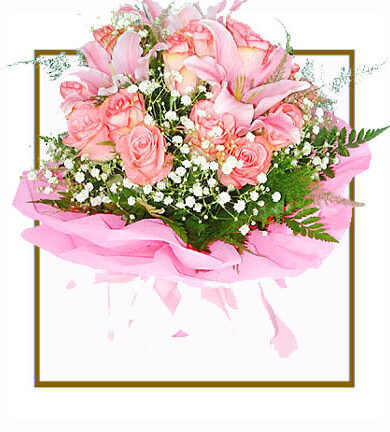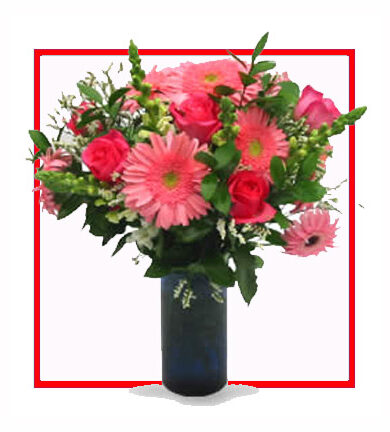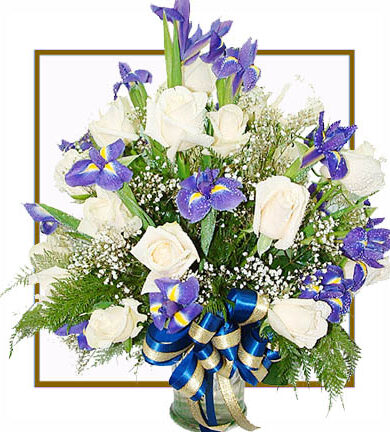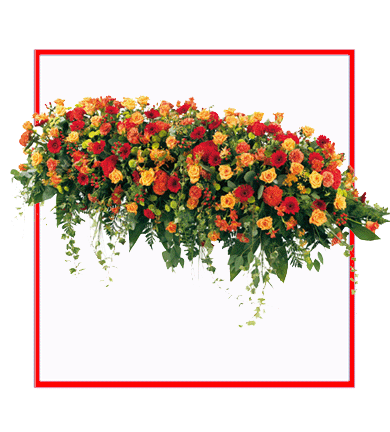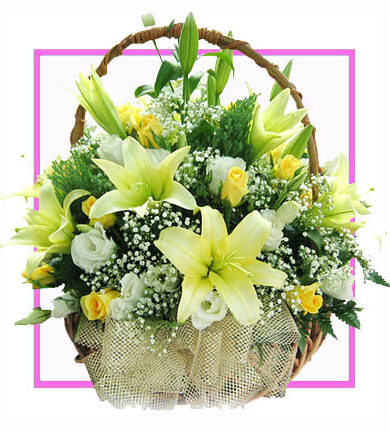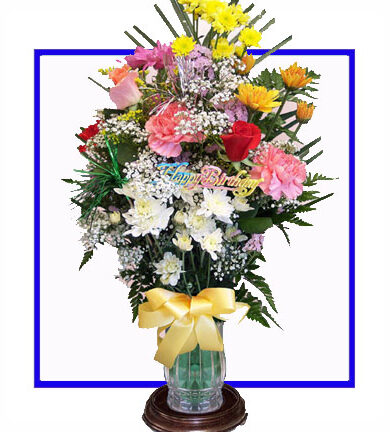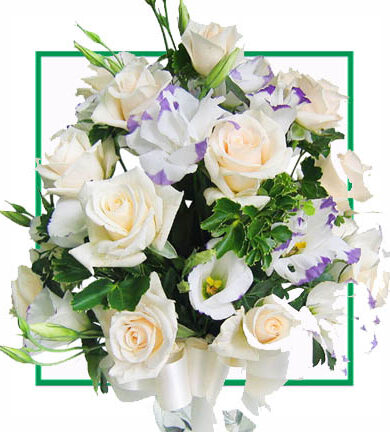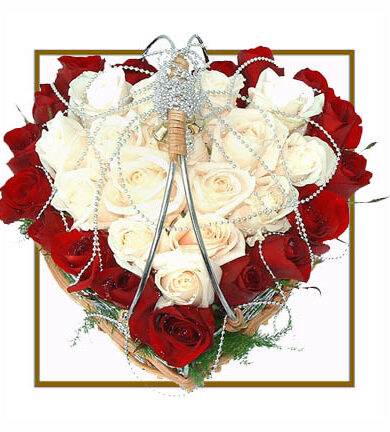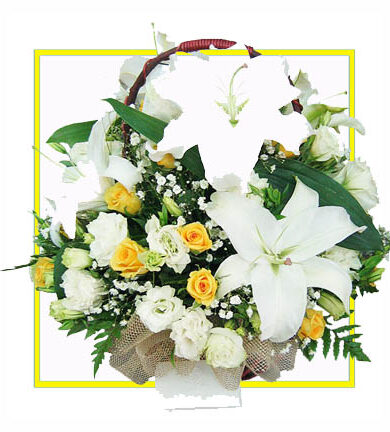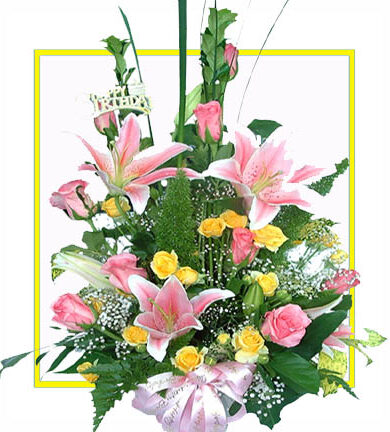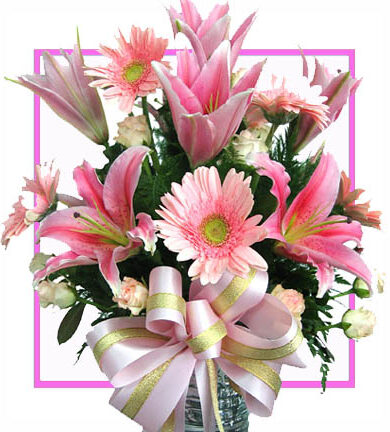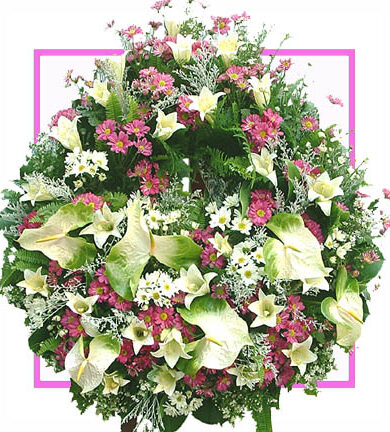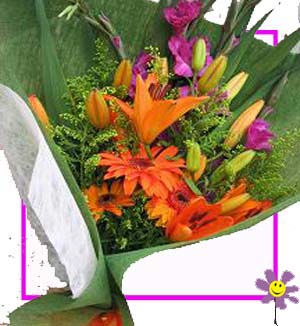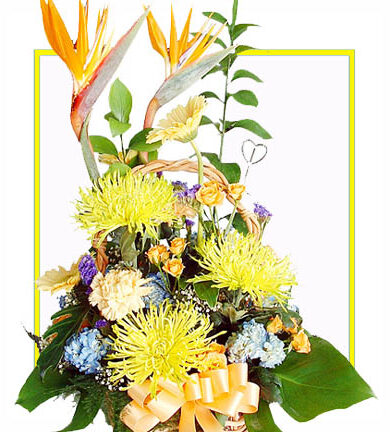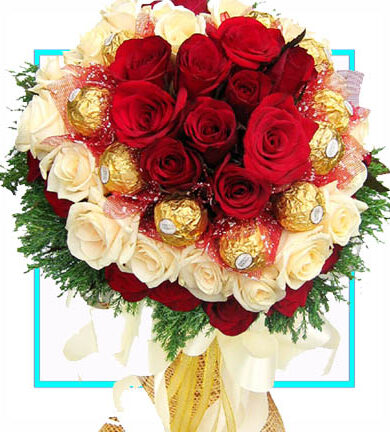Bhavnagar is well connected to other major cities of Gujarat such as Vadodara, Ahmedabad, Rajkot, Jamnagar, Surat, etc. by road, with bus services operated by the state-owned transport corporation as well as private operators such as VTCOS.The city is also connected to Ahmedabad, Mumbai, Surat, Vadodara, and other major cities of Saurashtra by rail road. Bhavnagar was one of the first cities in Gujarat to have an airport. Daily flights to Mumbai are operated by Jet Airways daily from Bhavnagar Airport. Private auto rickshaw, bicycle, and motorcycles are other modes of transport within the city and nearby villages. |
Shamaldas Arts College is the oldest institution of higher education in the region. Mahatma Gandhi studied here in 1884 AD. Maharaja Krishna Kumar Sinhji Bhavnagar University is well known in the region having an enrolment of nearly 23,000 students,a number of graduate colleges, and 25 post graduate departments including B.A, B.Com. B.Sc. M.A. M.Com. M.C.A, M.Sc. There are two engineering colleges Shantilal Shah Engineering College and Government Engineering College, Bhavnagar. Both the colleges are affiliated with Gujarat Technological University. |
Infrastructure sector attracted the highest investment of 2,200 Crore (USD 536.5 million) contributing 46% to total investments generated during 1998–07.The next highest investment was generated by cement and gypsum sector of 1,637 Crore (USD 399.26 million) growing by 39% and contributing 34% to the total investments.Highest employment was generated by the chemical sector creating 3,997 jobs contributing 36% to the total jobs created.Food processing industries grew by over 250 times during 1998–07 with an investment of 79 Crore (USD 19 million). |
Home to socialism, reforms, and cultural legacy, Bhavnagar is considered a city of education and culture, and is known as the cultural capital of Saurashtra. People of Bhavnagar are considered to be easy-going, and art-loving. The artists and literary luminaries of Bhavnagar have immensely contributed to the culture of the city. Gujarati is the language of normal life, although Hindi is commonly understood. Knowledge of English is limited to the more educated population of the city. |
In 1822–1823, forces led by Khanthaji Kadani and Pilaji Gaekwad attempted to raid Sihor but were repealed by Maharaja Bhavsinhji Gohil. After suffering defeat, he realised the reason was the location of Sihor (old Bhavnagar). In 1823, he established a new capital near Vadva village, 20 km away from Sihor, and named it Bhavnagar. It was a carefully chosen strategic location because of the potential of maritime trade. Naturally, Bhavnagar City became the capital of Bhavnagar State. |
Bhavnagar has a semi-arid climate, with hot, dry summers from March to mid-June, the wet monsoon season from mid-June to October during which the city receives around 550 mm of rain on average, and mild winters from November to February. The semiarid classification is due to the city’s high evapotranspiration. The average temperature from November to February is around 20 °C, with low humidity. Due to proximity to the sea, the climate remains fairly humid throughout the year. |
Bhavnagar is the fifth largest city in the state of Gujarat, India, after Ahmedabad, Surat, Vadodara and Rajkot. Bhavnagar was Founded in 1724 by Bhavsinhji Gohil (1703–1764), the city was named after its founder and ruler. It has been the capital of Bhavnagar State, which was a princely state before it was merged into the Indian Union in 1948. It is now the administrative center of the Bhavnagar district. |
Between 9 August 2000 and 15 December 2000, there was a series of earthquakes in east Saurashtra with epicenters in Bhavnagar. 132 earthquakes of 0.5M to 3.8M were recorded. There were five earthquakes greater than 3M, with a maximum magnitude of 3.8. These events were confined to an area which covered southern part of the Bhavnagar city and Tarsamiya village on the outskirts of the town. There were no loss of life recorded during this earthquake. |
The old town of Bhavnagar was a fortified town with gates leading to other important regional towns. It remained a major port for almost two centuries, trading commodities with Africa Mozambique, Zanzibar, Singapore, and the Persian Gulf. The current Royal Family of Bhavnagar comprises Maharaja Vijayraj Singh Gohil and Maharani Samyukta Kumari, Prince Yuvraj Jaiveerraj Singh Gohil and Princess Brijeshwari Kumari Gohil. |
Manubhai Pancholi “Darshak”: an educationist, writer, and politician, who wrote many books on history and on education and other subjects lived at Lok Bharti 44 km away from Bhavnagar. His famous books are ‘Socrates’, ‘Jher to pidha chhe jani jani’, ‘Itihaas kathao- Greece, Rome’. He was awarded the ‘GYANPITH AWARD’ for Socrates, the Jamanalal Bajaj award for services, Murthidevi award, etc. |
Mangalsinhji Mahal Palace: This palace is the residence of the members of the Bhavnagar royal family (family of Maharajkumar Mangalsinhji Takhatsinhji of Bhavnagar). It is a historical property in the heart of Bhavnagar city and is designed on traditional Kathiawari architectural principles. It is now the formal residence of the descendants of Rajkumar Chandrajitsinhji Mangalsinhji of Bhavnagar. |
Maharaja Krishnakumarsinhji Bhavnagar University R. K. Home school (Ghar shala) Fatima Convent High School Shree Dakshinamurti Shantilal Shah Engineering College, Sidsar Shree Swaminarayan College of Computer Science Barton Library webpage A tribute to Fatima Convent Sir Bhavsinhji Polytechnic College Industrail Training Institute Bhavnagar Swami Vivekanand College Of Computer Science |
Wockhardt Hospitals & Sterling Hospitals are multi-speciality hospitals providing many important healthcare services. There is also the Sir T. Civil Hospital associated with Govt. Medical College. Tapibai Ayurvedic Hospital serves the people providing Ayurvedic Treatment. There are also some trust hospitals & a large number of private clinics providing medical care. |
Modern Bhavnagar comprises Takhteshvar Plots, Krishnanagar, Sardarnagar and surrounding area. During 1935–1937, Krishnanagar area was planned and developed by late Shri Virendrabhai C. Mehta, the official town planner for the State of Bhavnagar. In 1961, he extended his Krishanagar plan towards Sardarnagar. In 1975, he created a master plan for Bhavnagar. |
The district has 10,080 SSI units with employment of 49,587 involving a total investment of 28,955 lakhs (USD 70.62 million). Around 4,460 SSI units are present in Bhavnagar taluka, witnessing investments to the tune of 995.6 million (USD 24.28 million). Other industries are repairing & servicing, textiles, chemicals, glass & ceramics, and wood products. |
Nilambag Palace (1894), now a heritage hotel, is set amidst a huge estate of 10 acres (40,000 m2). It was designed by a British architect, William Emerson as a royal residence, who also designed the Sir Takhtsinhji Hospital and later Victoria Memorial in Calcutta. It combines elements of Indian architecture with a modern outlook. |
According to historical records, an earthquake of magnitude 7 occurred near Bhavnagar in February 1705. Earthquake swarm activity also occurred in and around Paliyad (60 km north of Bhavnagar) during July—August 1938 for about two months, with four earthquakes of magnitude greater than or equal to 5 and a maximum magnitude of 6.0. |
As of 2011 India census, Bhavnagar had a population of 593,768. Bhavnagar has an average literacy rate of 86%, higher than the national average of 59.5%; with male literacy of 91% and female literacy of 80%. 10% of the population is under 6 years of age. Adult males constitute 52% of the population and females 48%. |
Multiple town planning schemes were designed and implemented under the guidance of the progressive rulers of Bhavnagar. During the reign of Sir Takhtsinhji, the British State Engineer Proctor Sims supervised the construction of Barton Library, the High Court, Alfred High School, and Sir Takhtsinhji Hospital. |
Barton Library (1895) is a two-storeyed building, appropriately designed for a road junction. It has two wings and a central tower, constructed in ashlar stone masonry, with Gothic arch windows and a sloping roof with Mangalore tiles. It is one of the oldest libraries of Gujarat and also houses a museum. |
Gaurishankar Lake (Bor Talav): Named after a very able 19th century minister of the king, Gaurishankar Lake is a reservoir originally planned for water supply to the town. It is a popular picnic spot where one can watch sunsets over the lake and enjoy a stroll on the parapet wall of the lake. |
Bhav Vilas Palace: This palatial property was formerly the club-house for the royal family of the erstwhile princely state of Bhavnagar, now the residence of Maharajkumar Shivbhadrasinhji Krishnakumarsinhji Gohil & his family. It is famous for its wildlife collection & lake-side views. |
The city of Bhavnagar was one of the earliest towns to have underground drainage in Gujarat, and was among the first cities in Gujarat to have a water filtration Plant. When set up by Krushnakumarsinhji, the filtration plant was the largest plant in Asia. |
Piram bet is an island approximately 6 km offshore off Ghogha. It is said that this island was created about 3.5 million years ago. It is well known for its diversity of life, including many vulnerable or endangered species. There is a ruined fort which was built in 1325. |
Bhavnagar is situated 198 km from the state capital Gandhinagar and to the west of the Gulf of Khambhat. Bhavnagar is the fifth largest city of Gujarat, and the second largest city in the Saurashtra region. It is also known as the cultural capital of Saurashtra. |
CSMCRI (Central Salt and Marine Chemicals Research Institute): The only constituent laboratory of CSIR (Council of Scientific and Industrial Research) in Gujarat. A significant research effort is being carried out here to develop Bio-Diesel from Jatropha. |
Ganga sati – a medieval Gujarati saint and poet who wrote many bhajans on devotional themes, hailed from Samadhiyala village of Umrala Taluka of Bhavnagar district. The Holy place of Ganga Sati & Panbai is situated on the riverbed of the Kalubhar river. |
The region of Saurashtra is a geologically active part of West India, and falls in the seismic zone 3 of the Zoning Map of the Bureau of Indian Standards. The region as a whole and the area around Bhavnagar in particular has been tectonically unstable. |
Beautiful garden at junction of the roads is the salient feature of town planning. Other gardens are located at Ghogha Circle, Mahila College Circle, Rupani Circle, Meghani Circle, Shivaji Circle, Sardarnagar Circle, Jewels Circle and Crescent Circle. |
Gangajalia (1893) is a temple dedicated to Ganga-devi, with a chhatri, pavilion and bridge all in white marble. It is located in the middle of a former tank. It was designed by Sir John Griffith, principal of Sir J J School of Arts, Bombay. |
Jhaverchand Meghani – one of the greatest Gujarati poets and writers of Gujarati folk literature, worked as a teacher in Bhavnagar and produced most of his literary works while living in Bhavnagar. |
Gandhi Smriti: A memorial, with a library of Gandhian books and photographs about the life of Mahatma Gandhi. It also has a fine collection of art objects representing the culture of the Saurashtra region. |
Takhteshwar Temple (1893) is located on a hill, on a high plinth, offering a commanding view of Bhavnagar. The high shikhara rising above the pillared rectangular mandapa makes it an important landmark. |
Information about charitable as well as non-profit organizations in Bhavnagar – www.bhavnagar.org Bhavnagar Information Accuweather.com Bhavnagar Current Local Time in Bhavnagar Educational Institutes: |
The Gohil Rajput of the Suryavanshi clan faced severe competition in Marwar. Around 1260 AD, they moved down to the Gujarat coast and established three capitals; Sejakpur, Umrala and Sihor. |
One of the most important Antacid chemical, Magnesium Hydroxide was first manufactured in India by a Bhavnagar based company, Elite Chemicals(www.elitechemical.com). Till then it was imported. |
Seashore at Ghogha (About 22 km. from Bhavangar): Sea-side palace retreat of the Bhavnagar royal family, also now a hotel-guesthouse for travellers with excellent sea-side views & cuisine. |
Town Hall (1932) was formerly a Darbar Hall, where the coronation of Sir Krishnakumarsinhji took place. It is an imposing structure in the colonial style, set in a well laid out garden. |
Perfect flowers to express your emotionsShop Now



